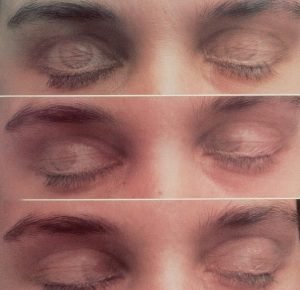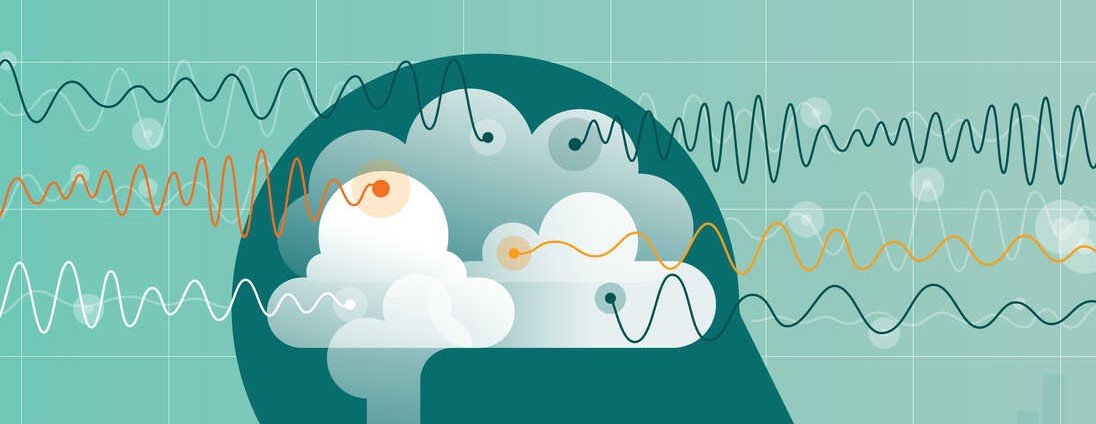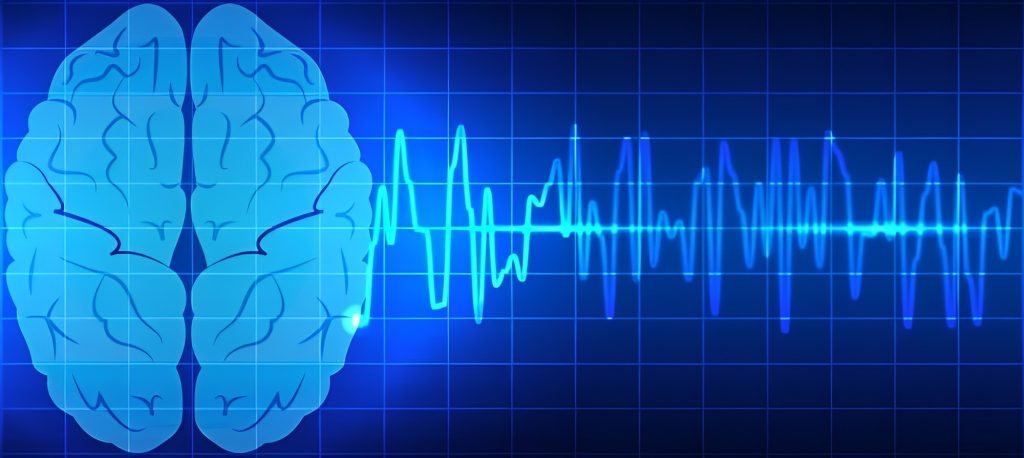RAPID EYE MOVEMENT (REM)

Rapid Eye Movement (REM) sleep is a stage of sleep that occurs after stage 4 NREM sleep and is actually closer to stage one and awake brain rhythms than it is to deep sleep. You must transition to stage 2, then 1, to move into REM sleep phase.
 Its characteristics are:
Its characteristics are:
- Rapid eye movements
- Along with increased brain activity
- Increased blood flow to the brain
Trivias about REM
- During REM sleep, the brain is more active than during non-REM sleep
- It produces brain waves that are like those produced when a person is awake.
- During REM sleep, the body becomes paralysed, and the person is unable to move. This is thought to be a protective mechanism that prevents the person from acting out their dreams. The paralysis can be come dysregulated in some people and become over strong leading to airway collapse, snoring hypopneas and apnoea, and all the many associated diseases that they cause.
- This is associated with tongue tie, oral airway maldevelopment syndrome (OAFMS), orthodontics, jaw clenching, and sinus issues amongst others.
The first REM period typically occurs about 80-90 minutes after falling asleep and lasts for about 10 minutes.
As the night progresses, the duration of REM sleep increases and the periods of non-REM sleep decreases. By the end of the night, a person may be in REM sleep for up to an hour.
The brain’s activity changes during the different stages of sleep and can be measured using an electroencephalograph (EEG), which records the brain’s electrical activity.

Stage 1
The brain waves are slower and less synchronized than when the person is awake. The brain produces alpha and theta waves, which are slower frequency waves. Alpha waves have a frequency of 8 to 12 Hz, while the Theta waves have a frequency of 4 to 8 Hz.
Stage 2
The brain waves become even slower and more synchronized. The brain produces sleep spindles, which are bursts of rapid brain activity, and K-complexes, which are sharp, single waves.
Stage 3
The brain produces slow, large delta waves. Delta waves have a frequency of 0.1 to 4 Hz
Stage 4
The brain continues to produce delta waves, which are even slower and larger than in stage 3 sleep. Delta waves have a frequency of 0.1 to 4 Hz

These are approximate ranges, and the exact frequencies can vary somewhat depending on the individual and the specific activity they are engaged in. It’s also worth noting that these are just general ranges, and there can be some overlap between them. For example, a person may produce waves that fall into both the Theta and Alpha range.
It is important to note that the brain does not progress through the stages of sleep in a linear fashion. It will often go back and forth between the different stage’s multiple times throughout the night.


Brilliant breakdown of NREM sleep stages. Very educational!
Great!
Great stuff!
Worth reading!
I will come back for more
Cool content
This is very helpful. Thank you!
Looking forward to more of this
Hey people!!!!!
Good mood and good luck to everyone!!!!!
This blog gave me a whole new perspective on how sleep affects overall health. Thank you!
I never knew the brain was more active in REM than in non-REM sleep.
Thanks for explaining how REM sleep affects memory and brain function.
It’s really cool to learn how the brain waves change during sleep.
Very educational! The brain activity during sleep is fascinating.
This blog is super informative. I learned a lot about REM sleep.
Thanks for the clear explanation on the differences between sleep stages.
Interesting to learn about the connection between REM and airway collapse.
his blog made me more aware of how important REM sleep is.
This is a great breakdown of REM sleep. Thanks for sharing!
Very helpful blog! The REM phase seems more complex than I thought.
It’s good to know more about how sleep stages aren’t linear. Thanks!
Wow, I didn’t know the brain waves change so much during sleep.
Thanks for this blog! It explains a lot about why I snore.
I never thought about how REM sleep could impact things like jaw clenching.
Great read! The trivia section was my favorite part.
Interesting info on how REM sleep changes throughout the night.
I’m definitely going to pay more attention to my sleep patterns now.
This made me think about how my sleep might be affecting my breathing.
Really detailed and easy to understand. Thanks for this!
Thanks for breaking down the different brain waves for each sleep stage.
I didn’t know we go through so many stages of sleep. Very informative!
Great blog! The part about REM and sleep disorders is really eye-opening.
This explains why I sometimes feel paralyzed when I wake up. Thank you!
Amazing read! I had no idea the brain was so active during REM.
I always thought REM sleep was like deep sleep, but this cleared it up for me.
This is really helpful! I didn’t know REM sleep comes after stage 4.
Thanks for the clear explanation of the sleep stages.
Really interesting! I never thought about how REM sleep relates to airway issues.
Wow, I didn’t know REM sleep could affect breathing problems.
Thanks for sharing this. I didn’t know the body gets paralyzed during REM!
Great article! I learned so much about REM sleep.
Really helpful. This is a golden find.
Great content!
[url=https://t.me/ozempik_kupit_moskva/]аземпик[/url] – дулаглутид цена отзывы, оземпик купить москва аптека
We need more of these
Why do we spend less time in deep sleep as we age?
Does Stage 3 help with physical recovery?
Can anxiety or stress impact the length of REM?
How can I improve my REM sleep quality?
Can too much REM sleep cause fatigue?
Does REM impact muscle relaxation during sleep?
This was a great read, very detailed on REM sleep.
I didn’t realize REM can make us feel rested.
Is it possible to have lucid dreams during REM?
Thanks for explaining the link between REM and dreams!
Loved the info on brain activity during each NREM stage.
Thanks for explaining the importance of Stage 3 NREM!
Why do I feel groggy when waking up from deep sleep?
Super clear and easy to understand the different sleep stages.
Does REM vary by age or sleep habits?
Great breakdown of what happens during REM sleep stages!
Will sleeping pills reduce my REM sleep?
This article has changed how I view my sleep patterns!
Does REM impact muscle relaxation during sleep?
Loved learning about the different brain waves during REM!
Why do REM periods get longer as the night goes on?
How does caffeine affect REM stages?
Does REM impact muscle relaxation during sleep?
Can too much REM sleep cause fatigue?
Wow, I didn’t know REM is so crucial for memory!
This article really clarified how REM sleep works. Thanks!